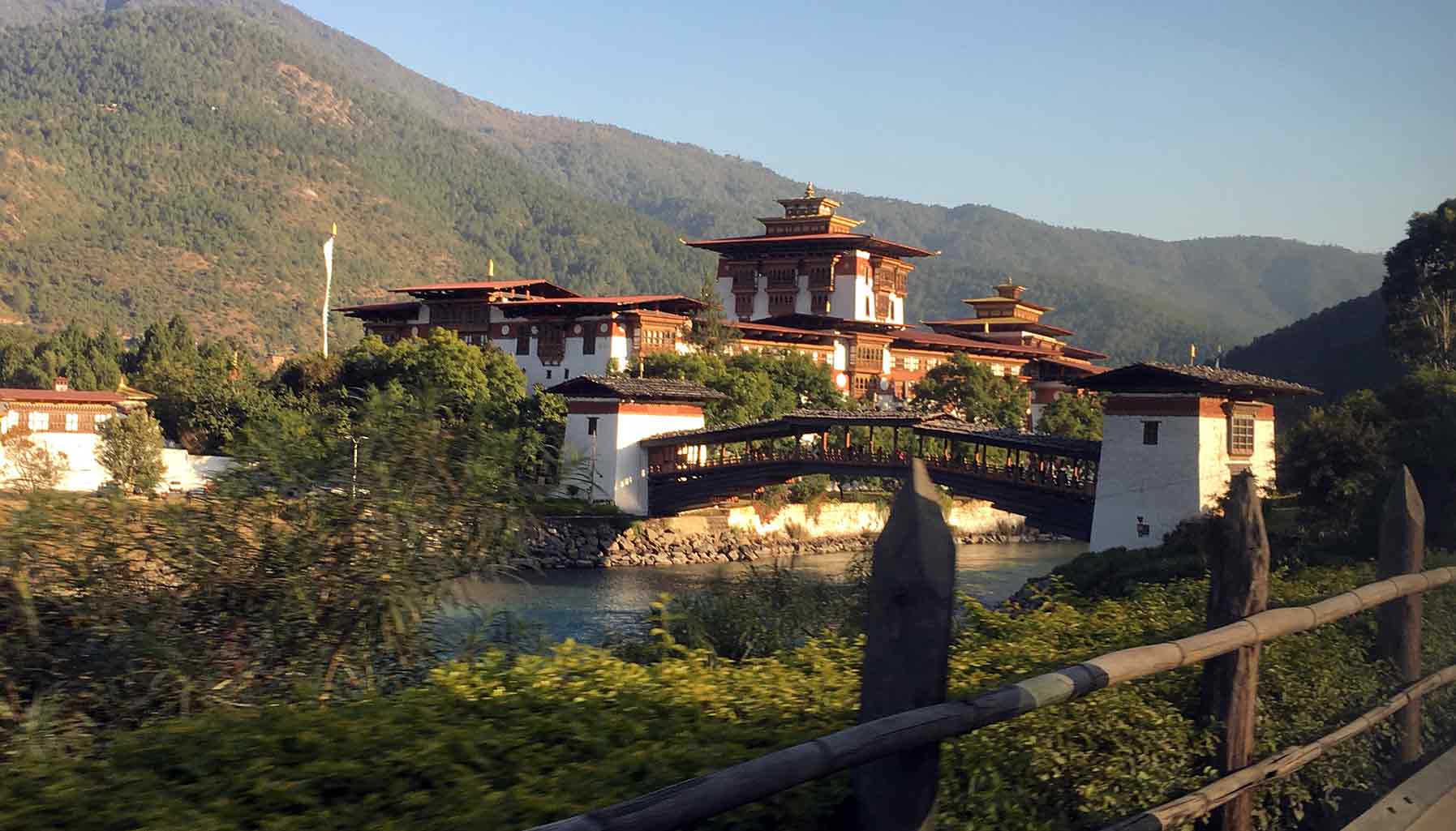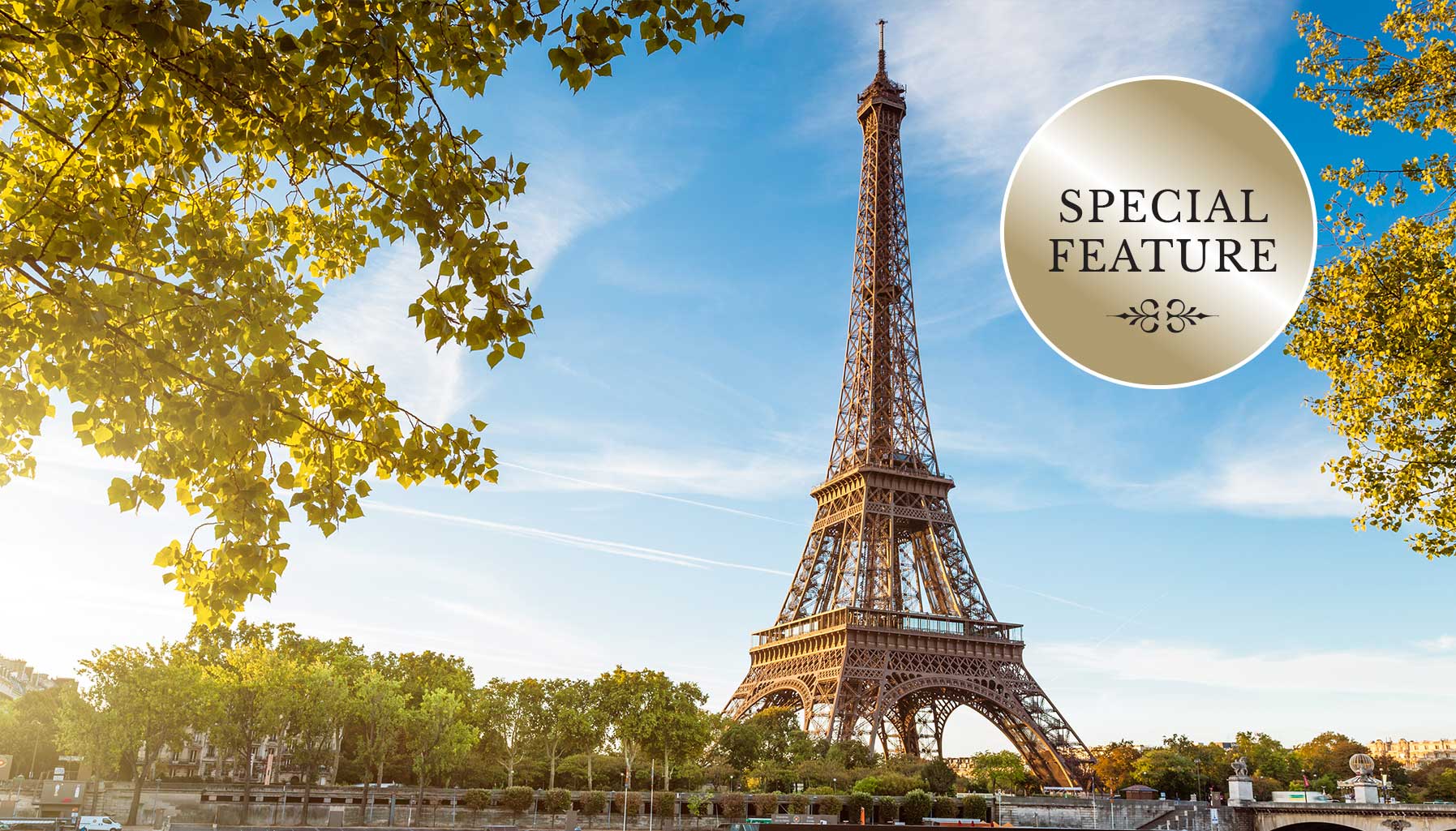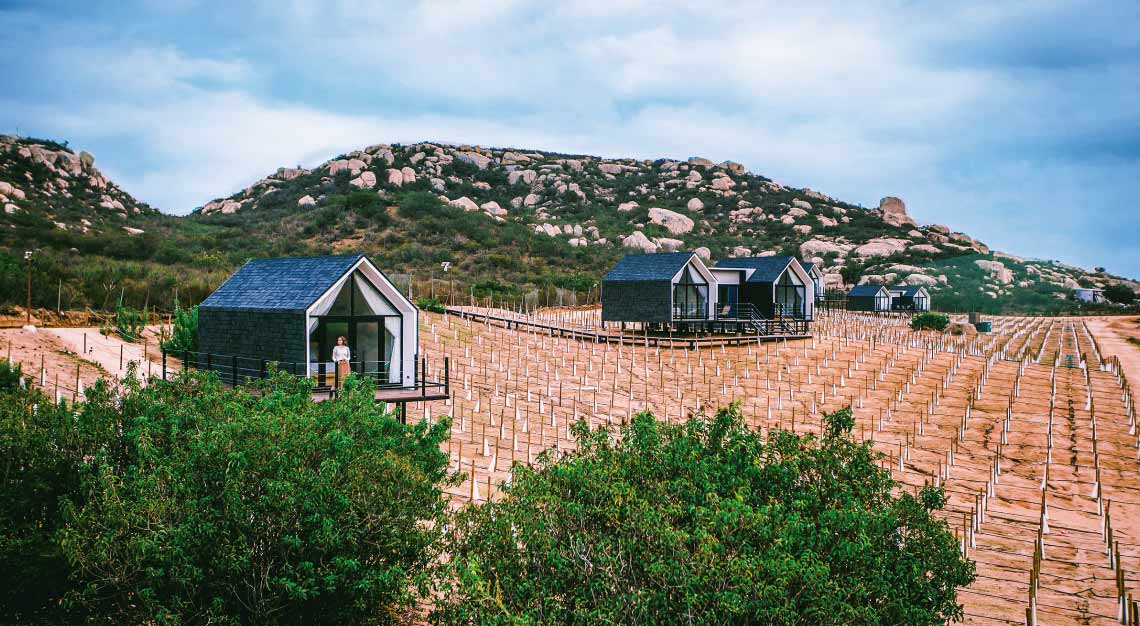Pictures or It Didn’t Happen
Bhutan is a photographer’s dream. You might already know this from trawling Google Images or the almost 400,000 posts tagged “Bhutan” on Instagram. You might have even read a piece or two on this very site about the Land of the Thunder Dragon.
We could go on for a bit about the country’s beauty, but we think pictures are worth a thousand words. Eight, to be precise. They’re what we think are the most Instagrammable snapshots, out of the hundreds we took on a recent week-long trip. There, we explored mountains and valleys, cities and villages, temples and dzongs.
The expedition was carefully choreographed by the good people of Aman Resorts. Aman maintains five lodges in Bhutan, all under the Amankora name (kora means ‘circular pilgrimage’ in Dzongkha, the Bhutanese language). We stayed at three of them – in the capital Thimphu; the second-largest settlement, Paro; and the township of Punakha.
The Thimphu lodge served as a base to start our exploration. Meanwhile, the ones in Paro and Punakha were within spitting distance of icons such as Tiger’s Nest and Punakha Dzong.
Here are the eight shots, in no particular order, that we felt were the most Insta-worthy.
Dochula Pass
https://www.instagram.com/p/Bc6FKl-l8ey/?taken-by=robbreportsingapore
Midway between Thimphu and Punakha, on the only road that connects the two districts, lies the Dochula Pass.
There are two points of interest here, a monastery/temple complex called Druk Wangyal Lhakhang, and 108 memorial chortens (or stupas), some of which are depicted here.
Both look out onto a valley, with the spectacular Jigme Singye Wangchuck Himalayan Range on the horizon. From here you can glimpse Bhutan’s highest peak, Gangkar Punsum, which rises to a majestic 7,564 m (24,816 ft).
Pro Tip: If you happen to be here in December, try catching the annual Dochula Druk Wangyel Festival. It only lasts a day, but offers plenty of photo opportunities of locals dressed in their finery. If you’re lucky enough (as we were), you might even meet the Festival’s organiser – no less than Her Majesty the Queen Mother Ashi Dorji Wangmo.
Punakha Dzong
https://www.instagram.com/p/Bc9mQMVlBcy/?taken-by=robbreportsingapore
Dzongs are unique to Bhutan, housing religious, administrative and royal functions. Punakha Dzong is the most picturesque of them, thanks to its impressive size and location.
Built in the 17th century at the confluence of two rivers, it’s accessible by crossing a suspension bridge. It’s where we snapped this shot. Inside the complex, there are photo ops at every turn. However, note that photography/videography is banned in the temple itself, a rule that’s enforced countrywide.
Pro Tip: The southern approach to Punakha Dzong also yields a spectacular photo op, especially in the early hours of the afternoon. From here, you get a view of the rivers meeting, with the Dzong and mountains in the backdrop. The early afternoon sun lights up the Dzong’s facade, pitting the entire structure in high contrast.
Picnic by Mo Chhu
https://www.instagram.com/p/BdEhHVIFfHf/?taken-by=robbreportsingapore
The Amankora Punakha team welcomed us to the resort with a barbecue picnic lunch along the banks of Mo Chhu.
Humble though it sounds, the lunch was extremely memorable, thanks to the awe-inspiring riverside setting. Think jade green waters, white sandy banks strewn with pebbles, and sunlight dappling through pine needles. Exquisite.
Pro Tip: A nearby suspension bridge, decorated with colourful Buddhist prayer flags, offers a good vantage point of the river valley.
Terrace at Amankora Punakha
https://www.instagram.com/p/BdMu6F6lxjk/?taken-by=robbreportsingapore
Amankora Punakha overlooks a gently sloping valley, with verdant mountains in the distance. Our favourite spot to take in this majestic panorama was the outdoor terrace. There, under the shade of jacaranda and poinsettia trees, you can enjoy a meal or drinks – more Insta-worthy moments – or simply soak in the tranquil atmosphere.
Pro Tip: Sunrise is around 6.30am, but the best time to capture the valley in its full glory is from 9am onwards. This is when sunlight floods the entire valley, though some mountain facades remain in shadow. The contrast is very striking.
Khamsum Yulley Namgyal Chorten
https://www.instagram.com/p/Bde19zzlzKV/?taken-by=robbreportsingapore
A 90-minute hike from Amankora Punakha takes you to Khamsum Yulley Namgyal Chorten, perched high above the Punakha valley. While the stupa’s traditional architecture suggests that it has been there for ages, it was only built in 2004.
To best appreciate the beauty of this sacred monument, pack a picnic and enjoy it on the lawn.
Pro Tip: Climb to the top of the four-storey stupa for even more stunning views of the landscape. Selfie/wefie ops abound. On a clear day, you can see all the way to the Jigme Singye Wangchuck Himalayan Range.
Kyichu Lhakhang
https://www.instagram.com/p/BdrioJ9lgtu/?taken-by=robbreportsingapore
A 20-minute drive from Paro Airport or Amankora Paro, Kyichu Lhakhang is one of the oldest temples in Bhutan.
Built in the 7th century and restored in the 19th, the building itself isn’t as spectacular as, say Punakha Dzong. However, observing locals perform their ritual kora – circumambulation – around the temple complex is.
If you’re there in the winter, as we were, the parched, dusty landscape makes for an otherworldly setting.
Pro Tip: Ask your guide if you could light some butter candles in the prayer hall adjacent to the temple. The sight of 108 candles gently flickering in the breeze is quite special.
View from Amankora Paro’s living room
https://www.instagram.com/p/Bd1Y-nJFtG4/?taken-by=robbreportsingapore
Trust Aman to nestle their resorts in the most spectacular surroundings. Amankora Paro’s lobby – what they call the living room – looks out onto a lush forest.
In the distance is the ruins of Drukgyel Dzong, a 17th-century fortress that once housed a monastery.
And beyond that, the snow-capped peaks of the Jigme Singye Wangchuck Himalayan Range once again.
Pro Tip: Try capturing this scene at different times of the day, especially in the magic hour just before sunset. You can then segue into pre-dinner drinks with minimum fuss.
Taktsang Lhakhang a.k.a Tiger’s Nest
https://www.instagram.com/p/Bd7pcPGlW2d/?taken-by=robbreportsingapore
Arguably Bhutan’s most iconic – and consequently most photographed – monument, Taktsang Lhakhang is also one of the country’s most religious sites.
Precariously perched on a sheer cliff face, the complex of 18 temples was built in the 17th century. The ascent to this perch, 3,100 m (10,170 ft) above sea level, was a three-hour challenge. Of course this included several pauses to catch our breaths and snap photos.
Pro Tip: This sounds cliche, but while the main goal is to reach Tiger’s Nest, don’t be too focused on the destination. Enjoy the extremely scenic journey. Here and there, for example, you’ll find prayer flags strung up amid thickets of conifers. Or mothers making their way up/down with babies on their backs, the infants swaddled in colourful textiles.
Our seven-day, six-night sojourn covered the western provinces in Bhutan. They’re the most visited areas, mostly because they’re the most developed. But according to Tshering Wangchuck, a marketing officer from the Tourism Council of Bhutan, the focus is now shifting to the less-developed (and therefore more pristine) central and eastern dzongkhags, or districts.
These include the dzongkhags of Bumthang and Trashigang. There, under-explored sacred sites, old monasteries and hiking trails await. But first, better infrastructure needs to be put in place, says Wangchuck. This will take place in the next two years. We are already looking forward to that time.






